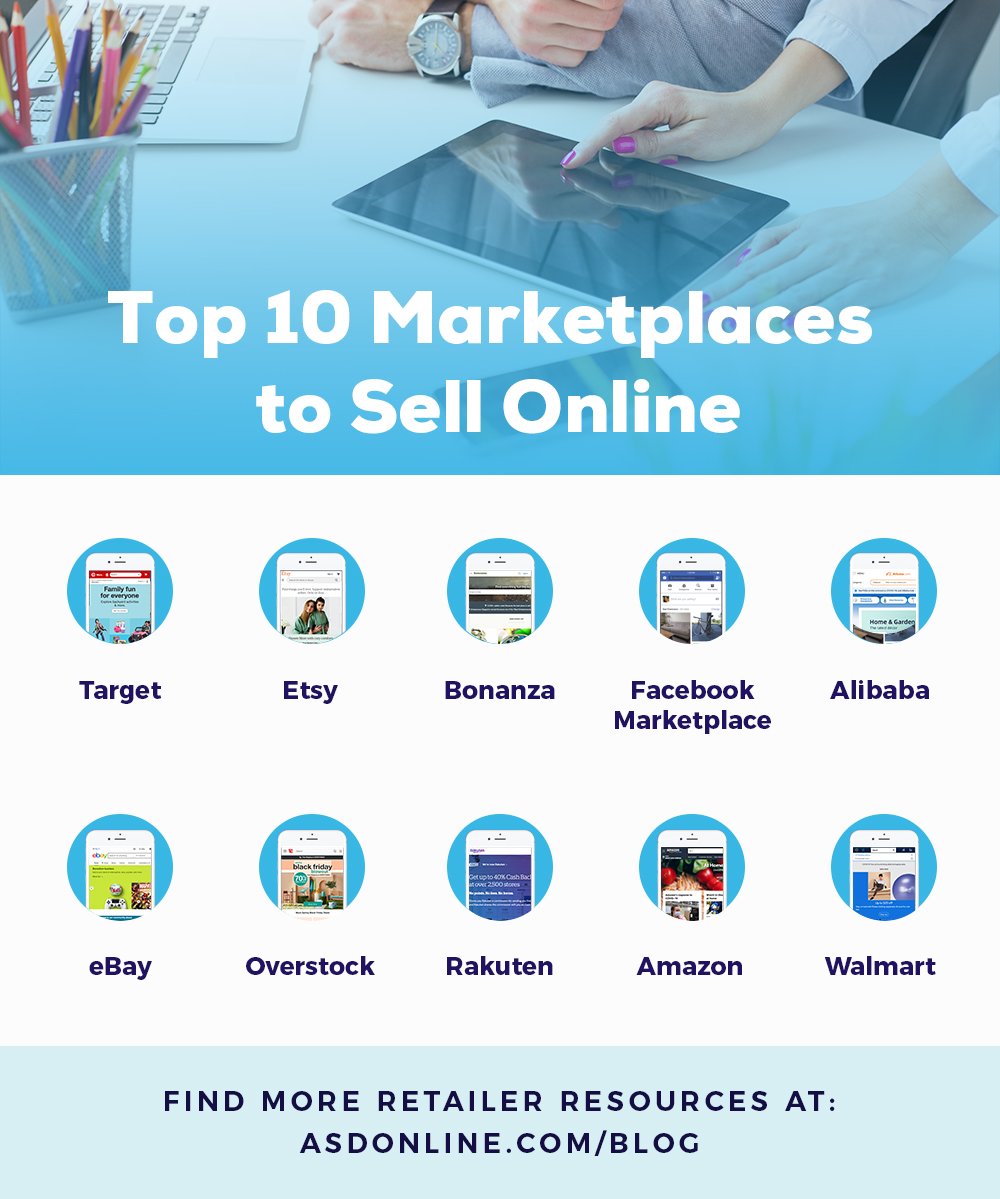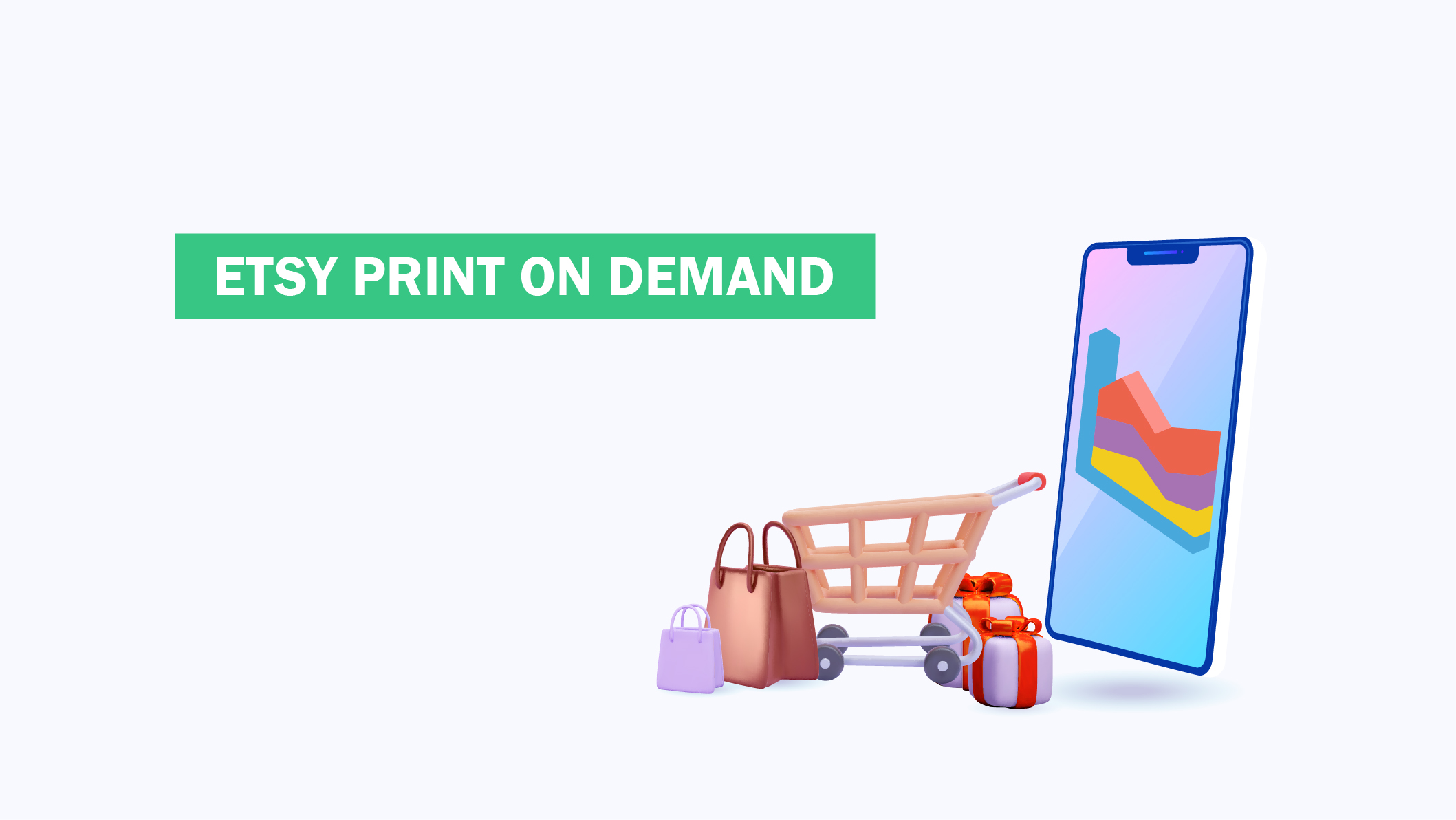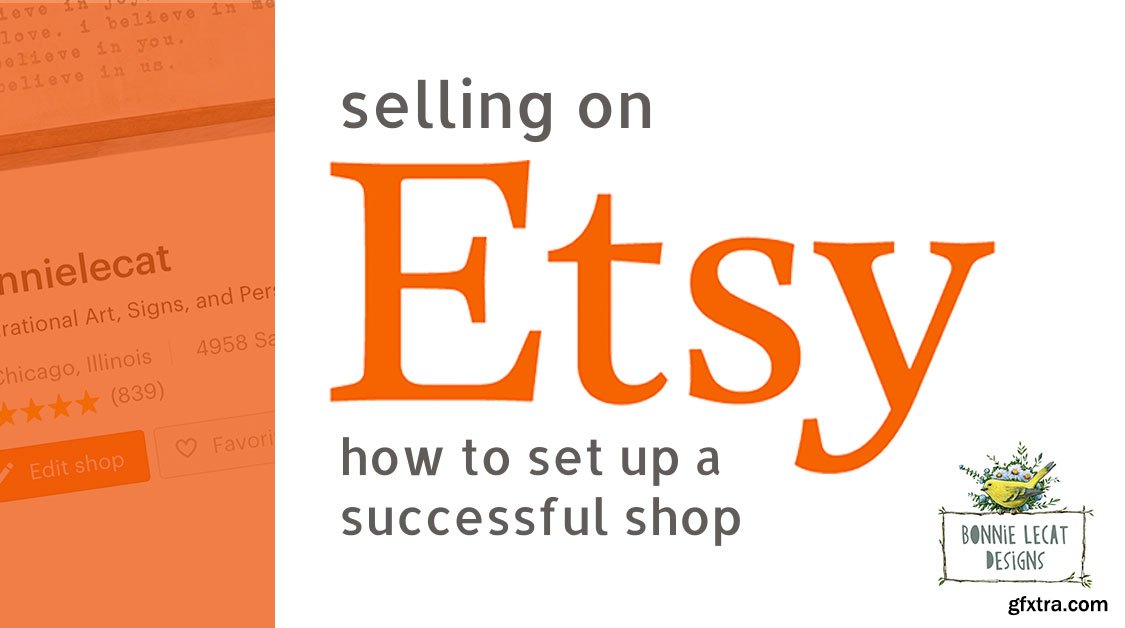Why You Need to Diversify Your Online Sales
As an online seller, relying solely on Etsy for your sales can be a risky strategy. With the ever-changing algorithms and policies, your account can be suspended or terminated at any moment, leaving you without a steady income stream. Moreover, the competition on Etsy is fierce, with thousands of sellers vying for the attention of potential customers. By diversifying your sales channels, you can reduce your dependence on a single platform and increase your revenue streams.
One of the primary benefits of selling on multiple platforms is that it allows you to reach a broader audience. Different marketplaces cater to different demographics, interests, and shopping habits. By selling on platforms similar to Etsy, you can tap into these diverse customer bases and increase your chances of making sales. For instance, if you’re selling handmade jewelry, you may find that eBay or Amazon Handmade attracts a different type of customer than Etsy.
In addition to expanding your customer reach, diversifying your sales channels can also help you mitigate the risks associated with selling on a single platform. If one platform experiences technical issues or changes its policies, you can continue to sell on other platforms, minimizing the impact on your business. This strategy can also help you stay ahead of the competition, as you can adapt quickly to changes in the market and adjust your sales strategy accordingly.
Furthermore, selling on multiple platforms can help you increase your brand visibility and credibility. By establishing a presence on various marketplaces, you can demonstrate your commitment to your craft and build trust with potential customers. This, in turn, can lead to increased sales and customer loyalty.
In conclusion, diversifying your online sales channels is crucial for any seller looking to succeed in the competitive world of e-commerce. By selling on platforms similar to Etsy, you can reduce your dependence on a single platform, increase your revenue streams, and expand your customer reach. In the next section, we’ll explore how to find the best alternative marketplaces for your products.
How to Find the Best Alternative Marketplaces for Your Products
When searching for selling sites similar to Etsy, it’s essential to research and evaluate alternative marketplaces that align with your products and target audience. Here are some factors to consider when selecting the best platforms for your handmade goods:
Target audience: Identify the demographics, interests, and shopping habits of your ideal customer. Different marketplaces cater to various audiences, so it’s crucial to choose platforms that align with your target market. For example, if you’re selling handmade jewelry, you may find that eBay or Amazon Handmade attracts a different type of customer than Etsy.
Fees and commission rates: Understand the fees and commission rates associated with each marketplace. Some platforms charge listing fees, transaction fees, or commission rates on sales. Make sure you factor these costs into your pricing strategy to ensure you’re making a profit.
Product categories: Ensure the marketplace allows you to sell your type of product. Some platforms specialize in specific categories, such as handmade goods, vintage items, or digital products. Redbubble, for instance, is an excellent platform for selling print-on-demand products, such as art prints, home decor, and accessories.
Popular alternatives: Consider popular marketplaces like eBay, Amazon Handmade, and Redbubble. These platforms have a large customer base and can help you increase your visibility and sales. eBay, for example, is an excellent platform for selling handmade goods, as it has a large audience interested in unique, handmade items.
Other factors to consider: Look for marketplaces with a user-friendly interface, reliable payment processing, and excellent customer support. You should also evaluate the platform’s policies, including their return and refund policies, to ensure they align with your business needs.
By carefully evaluating these factors, you can find the best alternative marketplaces for your products and expand your online sales beyond Etsy. In the next section, we’ll explore specialized platforms for artisans and makers.
Specialized Platforms for Artisans and Makers
For artisans and makers, there are several specialized platforms that cater specifically to their needs. These platforms offer a unique set of features, fees, and target audiences that can help sellers showcase and sell their handmade goods. Here are a few examples:
Folksy is a UK-based marketplace that specializes in handmade and unique items. With a strong focus on craftsmanship and quality, Folksy is an excellent platform for artisans and makers who want to showcase their skills and connect with customers who appreciate handmade goods.
Zibbet is another platform that caters to artisans and makers. With a wide range of categories, including handmade, vintage, and supplies, Zibbet offers a flexible and user-friendly marketplace for sellers to showcase their goods.
Storenvy is a platform that allows sellers to create their own online stores and sell their handmade goods directly to customers. With a strong focus on community and social sharing, Storenvy is an excellent platform for artisans and makers who want to build a loyal customer base.
These platforms offer a range of benefits for artisans and makers, including lower fees, more flexible listing options, and a strong focus on community and craftsmanship. By selling on these platforms, artisans and makers can connect with customers who appreciate handmade goods and build a loyal customer base.
When choosing a specialized platform, consider the fees, commission rates, and target audience. Make sure the platform aligns with your business needs and goals, and that you can showcase your handmade goods in the best possible light. In the next section, we’ll explore marketplaces for digital products and print-on-demand services.
Marketplaces for Digital Products and Print-on-Demand
For sellers who want to expand their product offerings beyond physical goods, digital products and print-on-demand services can be a great option. Platforms like Gumroad and Sellfy specialize in digital products, such as ebooks, courses, and software, while print-on-demand services like Society6 and Teespring allow sellers to create and sell customized products without holding any inventory.
Gumroad is a popular platform for selling digital products, with features like customizable storefronts, flexible pricing, and analytics. Sellfy is another platform that allows sellers to create and sell digital products, with features like customizable templates, payment processing, and customer management.
Society6 is a print-on-demand service that allows sellers to create and sell customized products like art prints, home decor, and accessories. Teespring is another print-on-demand service that allows sellers to create and sell customized apparel and accessories. Both platforms offer a range of benefits, including no upfront costs, no inventory risk, and flexible pricing.
These platforms can help sellers expand their product offerings and reach new customers. By selling digital products or print-on-demand services, sellers can tap into new markets and increase their revenue streams. Additionally, these platforms often have lower fees and commission rates compared to traditional marketplaces, making them an attractive option for sellers.
When choosing a platform for digital products or print-on-demand services, consider the fees, commission rates, and target audience. Make sure the platform aligns with your business needs and goals, and that you can showcase your products in the best possible light. In the next section, we’ll explore the benefits of having a standalone online store using platforms like Shopify or WooCommerce.
Building a Successful Online Store with Shopify or WooCommerce
Having a standalone online store can be a game-changer for sellers who want to expand their online sales beyond Etsy. Platforms like Shopify and WooCommerce offer a range of benefits, including flexibility, customization, and control over the sales process.
Shopify is a popular e-commerce platform that allows sellers to create and manage their own online stores. With a range of customizable templates, payment processing, and shipping integrations, Shopify makes it easy to set up and manage an online store. Additionally, Shopify offers a range of apps and integrations that can help sellers streamline their sales process and improve customer experience.
WooCommerce is another popular e-commerce platform that allows sellers to create and manage their own online stores. With a range of customizable templates, payment processing, and shipping integrations, WooCommerce offers a flexible and scalable solution for sellers. Additionally, WooCommerce offers a range of extensions and integrations that can help sellers improve their sales process and customer experience.
When building a successful online store with Shopify or WooCommerce, there are several key factors to consider. First, choose a template that reflects your brand and is easy to navigate. Second, optimize your product listings with high-quality images and detailed descriptions. Third, set up payment and shipping integrations to streamline the sales process. Finally, use analytics and reporting tools to track sales and customer behavior.
By building a successful online store with Shopify or WooCommerce, sellers can increase their online sales and reduce their dependence on Etsy. Additionally, having a standalone online store can help sellers build a stronger brand and improve their customer relationships. In the next section, we’ll explore marketing strategies to drive traffic to your alternative marketplaces.
Marketing Strategies to Drive Traffic to Your Alternative Marketplaces
Once you’ve set up your alternative marketplaces, it’s essential to drive traffic to your stores to increase sales and visibility. Here are some marketing strategies to help you promote your products on alternative marketplaces:
Social media marketing: Utilize social media platforms like Instagram, Facebook, and Pinterest to showcase your products and drive traffic to your alternative marketplaces. Share high-quality images, behind-the-scenes content, and promotions to engage with your audience.
Email marketing: Build an email list and send regular newsletters to your subscribers showcasing your products, promotions, and new arrivals. Use email marketing automation tools to personalize your emails and improve open rates.
Influencer partnerships: Collaborate with influencers in your niche to promote your products to their followers. Choose influencers who have a genuine interest in your products and can showcase them in a creative and authentic way.
Content marketing: Create high-quality content like blog posts, videos, and tutorials that showcase your products and expertise. Share your content on your alternative marketplaces and social media channels to attract potential customers.
By implementing these marketing strategies, you can drive traffic to your alternative marketplaces and increase sales. Remember to track your performance regularly and adjust your marketing strategies accordingly. In the next section, we’ll explore how to manage multiple sales channels efficiently.
Managing Multiple Sales Channels: Tips and Tools
Managing multiple sales channels can be a challenging task, especially when it comes to inventory management, order fulfillment, and customer service. However, with the right tools and strategies, you can streamline these processes and ensure a smooth customer experience across all your sales channels.
Inventory management: Use inventory management software like TradeGecko or Zoho Inventory to track your stock levels across all your sales channels. These tools allow you to set up automatic inventory updates, track stock levels, and receive notifications when items are running low.
Order fulfillment: Use order fulfillment software like ShipStation or ShippingEasy to streamline your shipping process. These tools allow you to print shipping labels, track packages, and automate shipping notifications.
Customer service: Use customer service software like Freshdesk or Zendesk to manage customer inquiries and support requests across all your sales channels. These tools allow you to track customer interactions, respond to inquiries, and resolve issues efficiently.
Other tools and software: Consider using other tools and software to streamline your sales channels, such as product information management (PIM) software like Akeneo or Pimcore, and sales analytics software like Google Analytics or Mixpanel.
By using these tools and strategies, you can manage multiple sales channels efficiently and ensure a smooth customer experience across all your sales channels. Remember to regularly review and adjust your processes to ensure they are working effectively. In the next section, we’ll summarize the importance of diversifying online sales channels and provide encouragement to sellers to explore alternative marketplaces.
Conclusion: Expanding Your Online Sales Beyond Etsy
In conclusion, diversifying your online sales channels is crucial for success in the competitive world of e-commerce. By exploring alternative marketplaces and platforms, you can increase your revenue, reduce your dependence on a single platform, and reach a wider audience.
Remember, selling sites similar to Etsy offer a range of benefits, including lower fees, more flexible listing options, and a stronger focus on community and craftsmanship. By taking the time to research and evaluate these platforms, you can find the best fit for your business and expand your online sales.
As you explore alternative marketplaces, keep in mind the importance of managing multiple sales channels efficiently. Use tools and software to streamline your inventory management, order fulfillment, and customer service, and regularly review and adjust your processes to ensure they are working effectively.
Finally, don’t be afraid to think outside the box and try new things. Experiment with different marketing strategies, product offerings, and sales channels to find what works best for your business. With persistence, creativity, and a willingness to adapt, you can achieve success and expand your online sales beyond Etsy.






